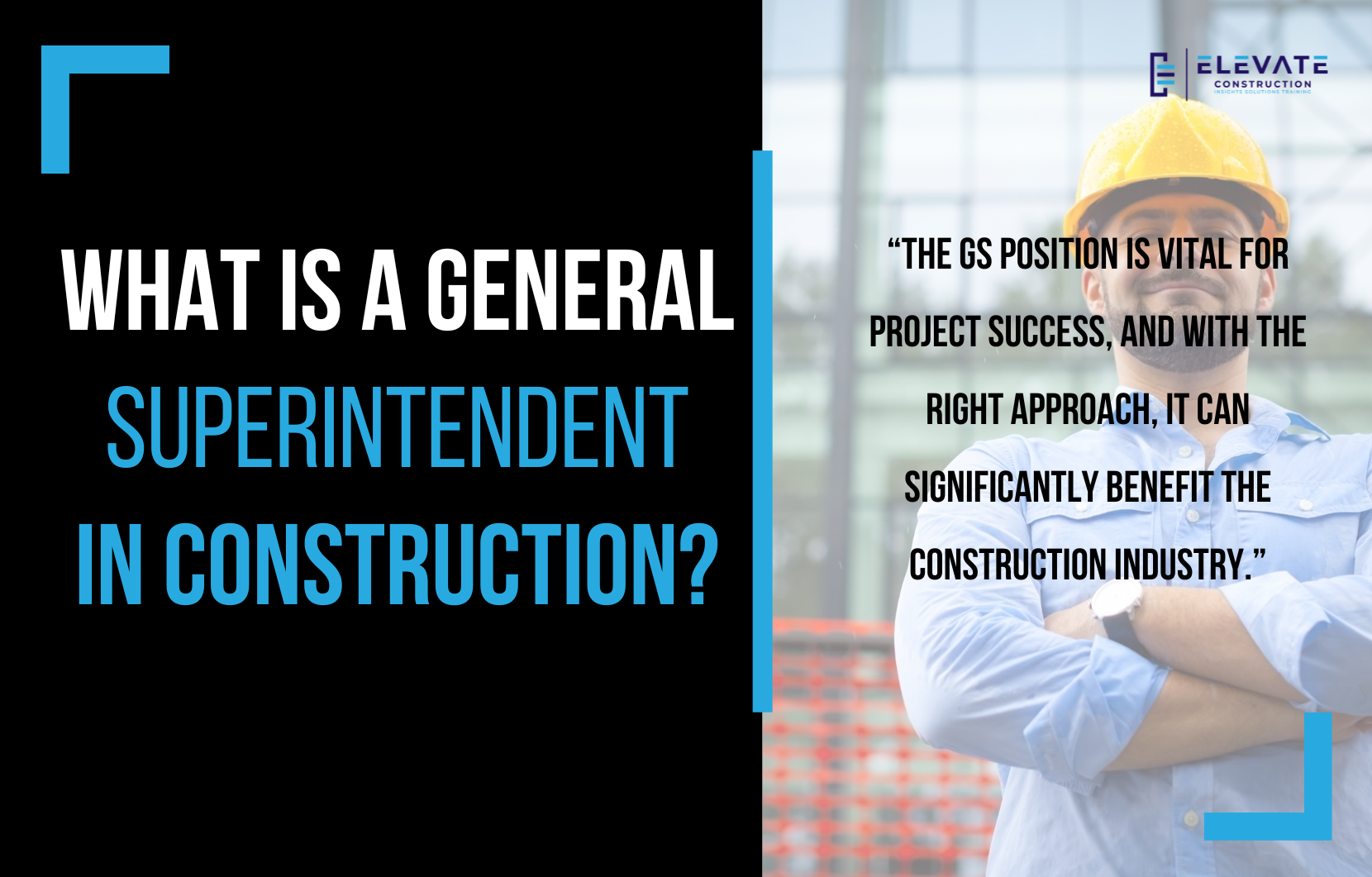You all know that you can’t manage what you can’t measure. So what should we measure? Why are metrics so important? And what metrics should you track?
How to Identify Lagging vs. Leading Indicators in Construction
I love this topic because it delves into some profound ground. There are leading indicators, and there are lagging indicators. Let’s dive into an example from lean construction to illustrate this concept.
In the last planner system, we have a master schedule, pull plan, look-ahead planning, weekly work planning, day planning, and percent plan complete (PPC) tracking. PPC tracking measures the completion rate of planned activities. For instance, if you planned 10 activities and completed 8, your PPC is 80%. For the 2 that weren’t completed, you’d conduct a root cause analysis and adjust for future tasks.
While PPC tracking is useful, it’s a lagging indicator. It tells you how well you did after the fact, allowing for adjustments in future, repeatable activities. However, leading indicators are far more useful as they help predict and ensure success before the task is completed. Examples of leading indicators include roadblock removal ahead of the activity and quality preparation steps in advance. These proactive measures help prevent issues from arising in the first place.
How to Track Metrics for Your Business
Whether as part of your business plan or in ongoing operations, tracking metrics is essential. According to Gino Wickman in his book Traction, you should identify key metrics that predict success. Once identified, track these metrics over a three-month calendar, with weekly columns for each metric’s goal.
For example, if customer outreach is a key leading indicator, and your goal is 30 contacts per month, you’d break it down to roughly 8 contacts per week. Assign someone from your leadership team to own this metric, ensuring it gets tracked and reported regularly. During your meeting cadence, this person will report on the metric’s progress, allowing for adjustments to stay on target by the end of the three-month period.
This tracking system forms your company scorecard. Alongside your vision and goals, your scorecard allows you to review status and identify issues. If you’re not meeting your metrics, not following up on to-do lists, or not on track with your goals, these become issues to address. In your leadership team meetings, you’ll identify, discuss, and solve these issues, gaining traction and moving forward.
Examples of Good Metrics to Track for Your Business
Here’s a list of commonly used metrics:
- Weekly revenue
- Cash balance
- Sales calls
- Sales meetings
- Proposals
- Closed business
- Payroll
- Customer problems
- Customer rating
- Accounts receivable
- Accounts payable
At Elevate and Lean Takt, we also track:
- Number of PTO days taken
- Employee happiness levels
- Capacity status of our team (are they overburdened?)
- Number of trainings conducted
- Frequency of team interactions
- Number of one-on-one connections
Jim Collins emphasizes the importance of tracking the percentage of key seats filled with the right people. Key seats are critical positions within your organization that significantly impact success or failure. The right people fit your culture, perform well, love what they do, and are financially productive. Your goal should be to have over 90% of key seats filled with the right people. If not, that’s the number one issue to address.
How to Start Tracking Your Metrics
I challenge you to track your number one metric. Identify the key seats in your organization and evaluate whether you have the right people in those positions. Determine your critical metrics, list them, and set a weekly three-month calendar. Assign goals, designate responsible team members, and review these metrics in every meeting.
When metrics aren’t tracking well, those issues need to be identified, discussed, and solved. This approach will help you gain traction in your business. I hope you found this blog post helpful.
If you want to learn more we have:
-Takt Virtual Training: (Click here)
-Check out our Youtube channel for more info: (Click here)
-Listen to the Elevate Construction podcast: (Click here)
-Check out our training programs and certifications: (Click here)
-The Takt Book: (Click here)
Discover Jason’s Expertise:
Meet Jason Schroeder, the driving force behind Elevate Construction IST. As the company’s owner and principal consultant, he’s dedicated to taking construction to new heights. With a wealth of industry experience, he’s crafted the Field Engineer Boot Camp and Superintendent Boot Camp – intensive training programs engineered to cultivate top-tier leaders capable of steering their teams towards success. Jason’s vision? To expand his training initiatives across the nation, empowering construction firms to soar to unprecedented levels of excellence.
On we go!










